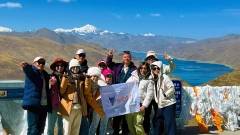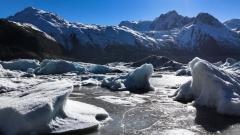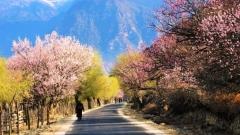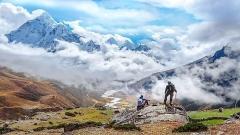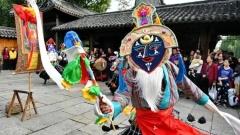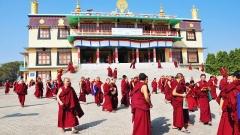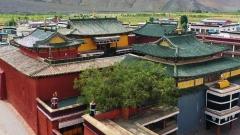Tibet, often called the “Roof of the World,” is home to some of the planet’s most dramatic and pristine landscapes. Among its greatest natural treasures are the massive glaciers that crown the Himalayas and the Tibetan Plateau. These icy giants not only shape the region’s landscapes but also feed Asia’s great rivers, making them vital to both local communities and ecosystems far downstream. For travelers, Tibet’s glaciers offer breathtaking scenery, rare photographic opportunities, and an unforgettable glimpse into Earth’s frozen wonders.
Why Tibet’s Glaciers Are Special
Tibet hosts the largest number of glaciers outside the Arctic and Antarctic. Known as the “Third Pole,” the plateau contains over 46,000 glaciers. These glaciers create turquoise lakes, nourish grasslands, and form stunning backdrops for high-altitude treks. Visiting them is not just about the scenery—it’s also a journey into the fragile environment of one of the world’s most unique regions.
Top Glaciers to Visit in Tibet
1. Karola Glacier (Karo La Glacier)
-
Location: Between Lhasa and Gyantse, along the popular route to Shigatse.
-
Why Visit: Karola is one of the most accessible glaciers in Tibet. Rising over 5,000 meters, it cascades dramatically down the mountain, often appearing just meters from the roadside. Travelers can easily stop here for photos and enjoy the breathtaking views.

Karola Glacier
2. Midui Glacier
-
Location: In Nyingchi Prefecture, eastern Tibet.
-
Why Visit: Known as one of China’s most beautiful glaciers, Midui combines snow-capped peaks, alpine forests, and glacier-fed lakes. Unlike Karola, Midui offers more hiking opportunities, making it perfect for adventure seekers who want to immerse themselves in nature.
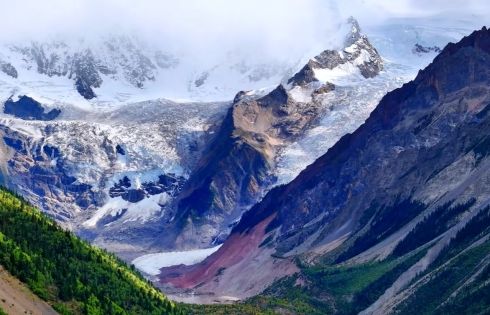
Midui Glacier
3. Yalong Glacier (Gya Glacier)
-
Location: Near Mount Shishapangma, in Shigatse Prefecture.
-
Why Visit: This glacier is vast and remote, attracting photographers and climbers. It offers a raw and untouched beauty, far from the more crowded tourist spots.
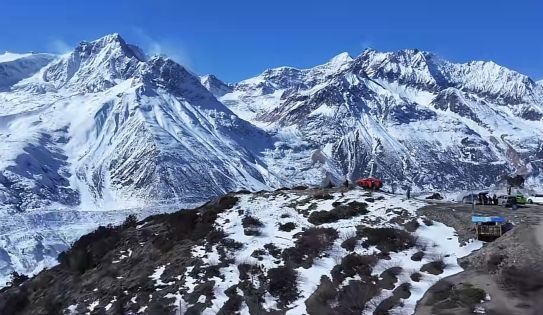
Yalong Glacier
4. Mount Nojin Kangtsang Glaciers
-
Location: Near Yamdrok Lake.
-
Why Visit: The glaciers around this mountain are stunning when paired with the turquoise waters of Yamdrok Lake. The contrast of icy white and crystal blue makes for postcard-perfect photography.
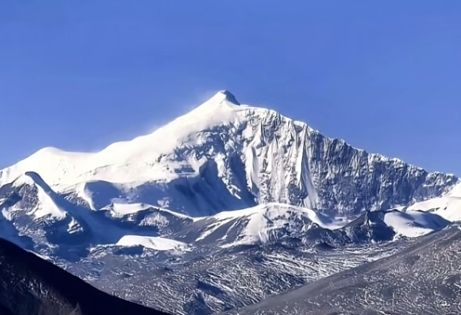
Mount Nojin Kangtsang Glaciers
5. Eastern Himalaya Glacier Views
-
Location: Accessible from Nyingchi and the surrounding valleys.
-
Why Visit: Here, glaciers frame lush forests and raging rivers, creating a unique contrast of ice and greenery rarely seen elsewhere in Tibet.
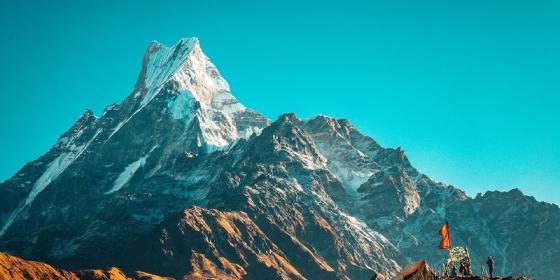
Best Time to See Glaciers in Tibet
The ideal months are April to October, when roads are clear, and the weather is stable. In winter, the glaciers are at their most dramatic, but harsh conditions make travel more challenging.
Tips for Visiting Glaciers in Tibet
-
Acclimatize Properly: Many glaciers are at high altitudes (4,000m+). Spend a few days in Lhasa before heading to higher areas.
-
Dress in Layers: Temperatures can change quickly. Warm jackets, gloves, and sturdy shoes are essential.
-
Photography Gear: Bring polarized sunglasses and a good camera—sunlight reflecting off the ice is dazzling.
-
Respect Nature: Glaciers are fragile. Avoid littering and keep a safe distance to preserve these wonders.
Conclusion
Tibet’s glaciers are more than icy landscapes—they are living monuments of the plateau’s power and beauty. Whether you’re making a quick stop at Karola Glacier or trekking deep into Nyingchi’s mountains to marvel at Midui, the experience is bound to stay with you forever. For travelers seeking both awe and inspiration, exploring Tibet’s glaciers is a journey into the very heart of the “Third Pole.”



